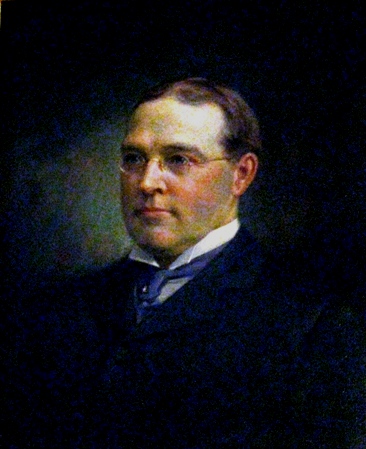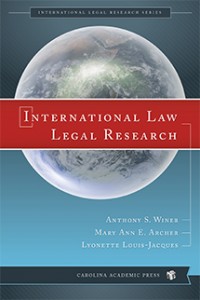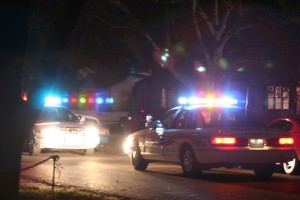 For one unlucky Michigan man, what happened in St. Paul didn’t necessarily stay in St. Paul. This week the Minnesota Court of Appeals held that a Ramsey County District Court judge erred in planning to dismiss the case involving a Michigan man who pleaded guilty to misdemeanor prostitution. Last year in St. Paul, the man had responded to an online ad and offered an undercover officer money to have sex with him. The judge sentenced him to a day in jail, a year of probation, and ordered him to complete the Breaking Free educational program and pay $1,081 in fees and fines. Over the prosecutor’s objections, the judge ruled that the guilty plea would be vacated and the misdemeanor charge dismissed if the defendant completed probation and remained law-abiding for two years.
For one unlucky Michigan man, what happened in St. Paul didn’t necessarily stay in St. Paul. This week the Minnesota Court of Appeals held that a Ramsey County District Court judge erred in planning to dismiss the case involving a Michigan man who pleaded guilty to misdemeanor prostitution. Last year in St. Paul, the man had responded to an online ad and offered an undercover officer money to have sex with him. The judge sentenced him to a day in jail, a year of probation, and ordered him to complete the Breaking Free educational program and pay $1,081 in fees and fines. Over the prosecutor’s objections, the judge ruled that the guilty plea would be vacated and the misdemeanor charge dismissed if the defendant completed probation and remained law-abiding for two years.
The Court of Appeals ruled that the sentencing arrangement ordered by the District Court was similar to a “stay of adjudication,” which can’t be ordered by a judge over the objection of the prosecutor unless “there is a clear abuse of prosecutorial discretion in charging.” A St. Paul City Attorney told the press that “vacate-and-dismiss” sentences have been routinely sought in prostitution cases, stating that the effect of such dismissals diminishes accountability among defendants and make it seem like a crime didn’t happen. Yet the judge in this case stated that such “vacate-and-dismiss” resolutions are common agreements in Ramsey County suburban municipal courts, and it would be unfair to hold those who commit the same offense in St. Paul to a different outcome.
This decision sparks questions about possible uneven enforcement of prostitution laws across Ramsey County, and further beyond. One can appreciate the logic of the judge in seeking to apply the statute evenly across municipalities of the District, rather than encourage an “urban versus suburban” model of enforcement. One can also appreciate the City Attorney’s argument that the statute has to be applied as it as written, with accountability of the defendant considered. This is noteworthy considering this old case from the Minnesota Supreme Court which reflects a time when law enforcement typically went after “johns” and not prostitutes. For more about the history of prostitution in St. Paul, consider reading Controlling Vice: Regulating Brothel Prostitution in St. Paul, 1865-1883 (Ohio State University Press 1998), which is available at the State Law Library.










